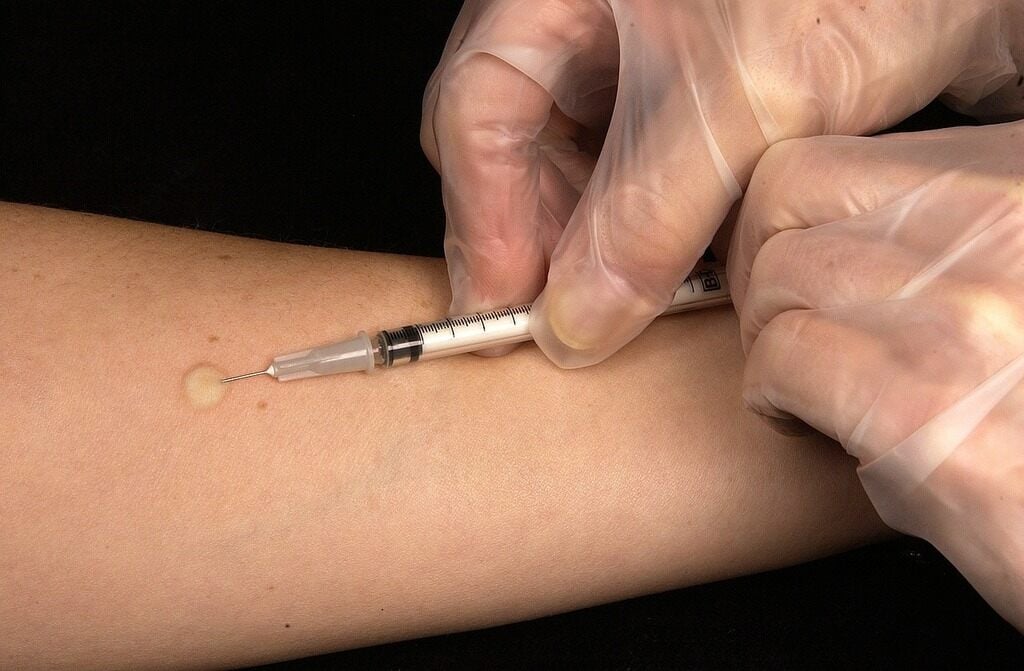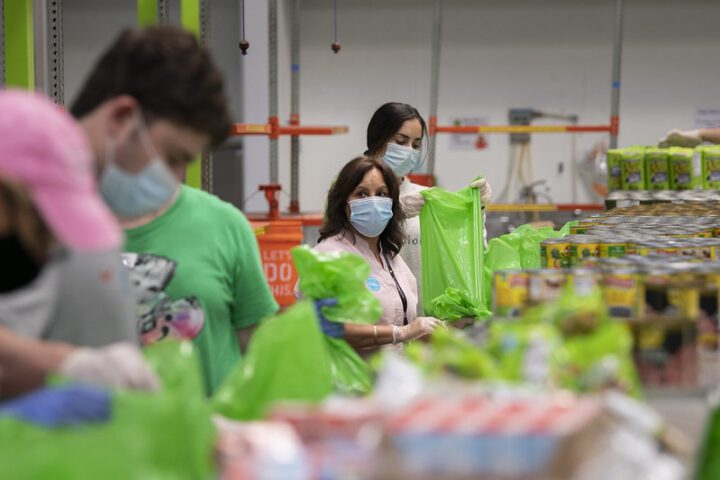The United States is now facing its worst measles outbreak since the early 1990s. The CDC reports 1,288 confirmed cases as of July 9, 2025, surpassing the 2019 total of 1,274 cases. The last time the country saw more cases was in 1992, when more than 2,100 people fell ill.
This surge threatens America’s measles elimination status, a milestone reached in 2000 when widespread vaccination made the disease rare. Among current cases, 92% are in people who never got vaccinated or don’t know if they did.
“We’re seeing a lot more measles transmission than we are used to,” says Caitlin Rivers, who directs the Center for Outbreak Response Innovation at Johns Hopkins University. “Measles is one of the most infectious diseases known to humans. And more importantly, it’s preventable.”
The human toll is mounting. So far, 162 people have been hospitalized, and three have died – two children in Texas and one adult in New Mexico. These are the first measles deaths in America in ten years.
Texas has become ground zero with over 750 cases mainly in religious communities with low vaccination rates. In Gaines County, the center of the Texas outbreak, only 82% of people received the MMR vaccine. The disease has now reached 39 states across the country.
Why is this happening now? Kindergarten vaccination rates have dropped from 95.2% before the pandemic to 92.7% today. Health experts warn this falls dangerously below the 95% needed to prevent outbreaks. After COVID-19, a CDC study found MMR vaccination rates plummeted by 78% across more than 2,000 U.S. counties.
The problem isn’t just in America. Large outbreaks in Canada (3,170 cases) and Mexico (2,597 cases) keep introducing the virus into vulnerable U.S. communities.
Dr. Amesh Adalja from Johns Hopkins calls the situation a return to the “mentality of the Dark Ages,” as people reject modern medicine despite its proven benefits.
Similar Posts
Measles spreads easier than almost any other disease. The virus travels through coughs and sneezes, and can hang in the air for two hours after an infected person leaves. People can spread measles four days before they show any signs of illness.
The first symptoms look like a bad cold – high fever, red eyes, coughing, and runny nose. A few days later comes the telltale rash, starting at the hairline and moving down the body.
Beyond the misery of the initial illness, measles can cause serious problems. About 1 in 20 children develop pneumonia. The virus also weakens the immune system in a unique way, erasing the body’s memory of how to fight off other diseases it previously conquered – a condition doctors call “immune amnesia.”
Two doses of the MMR vaccine provide 97% protection against measles. The CDC recommends children get their first shot between 12-15 months and the second between ages 4-6.
“Unless we change the status of vaccination levels,” warns Dr. Michael Osterholm of the University of Minnesota, “I don’t see it ending.”
Adults born after 1957 who haven’t had measles should check if they need vaccination, especially before traveling internationally. For most people, the vaccine provides lifelong protection against this preventable disease that once sickened millions of American children each year.



















